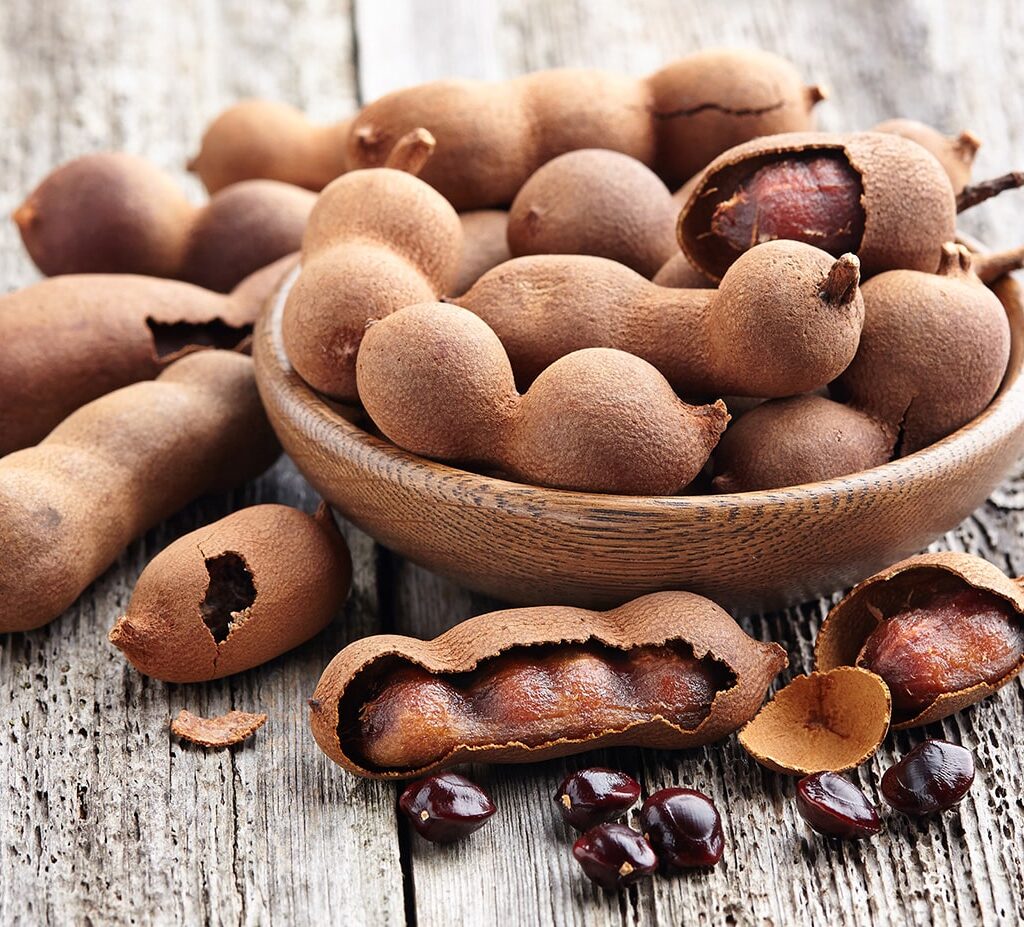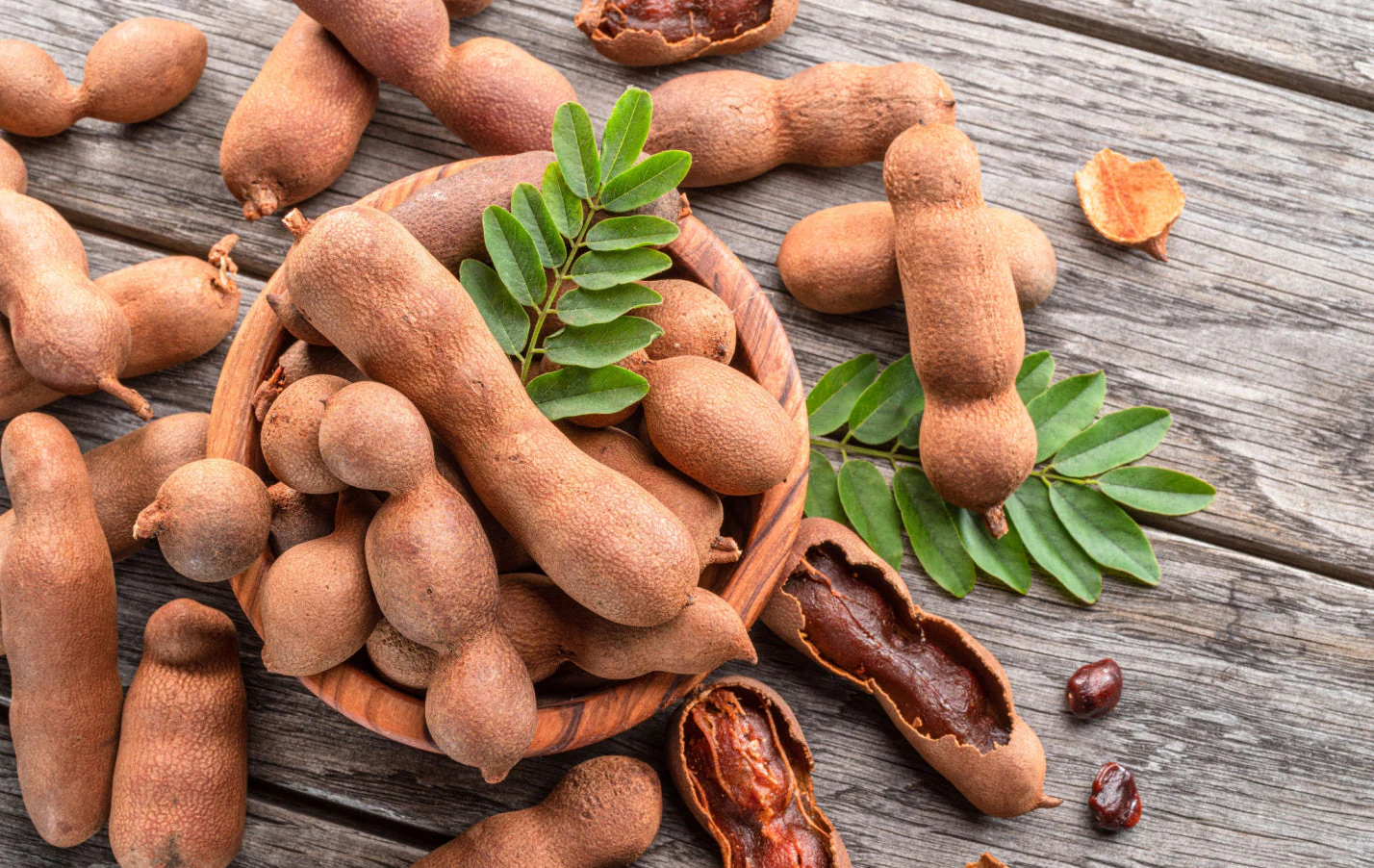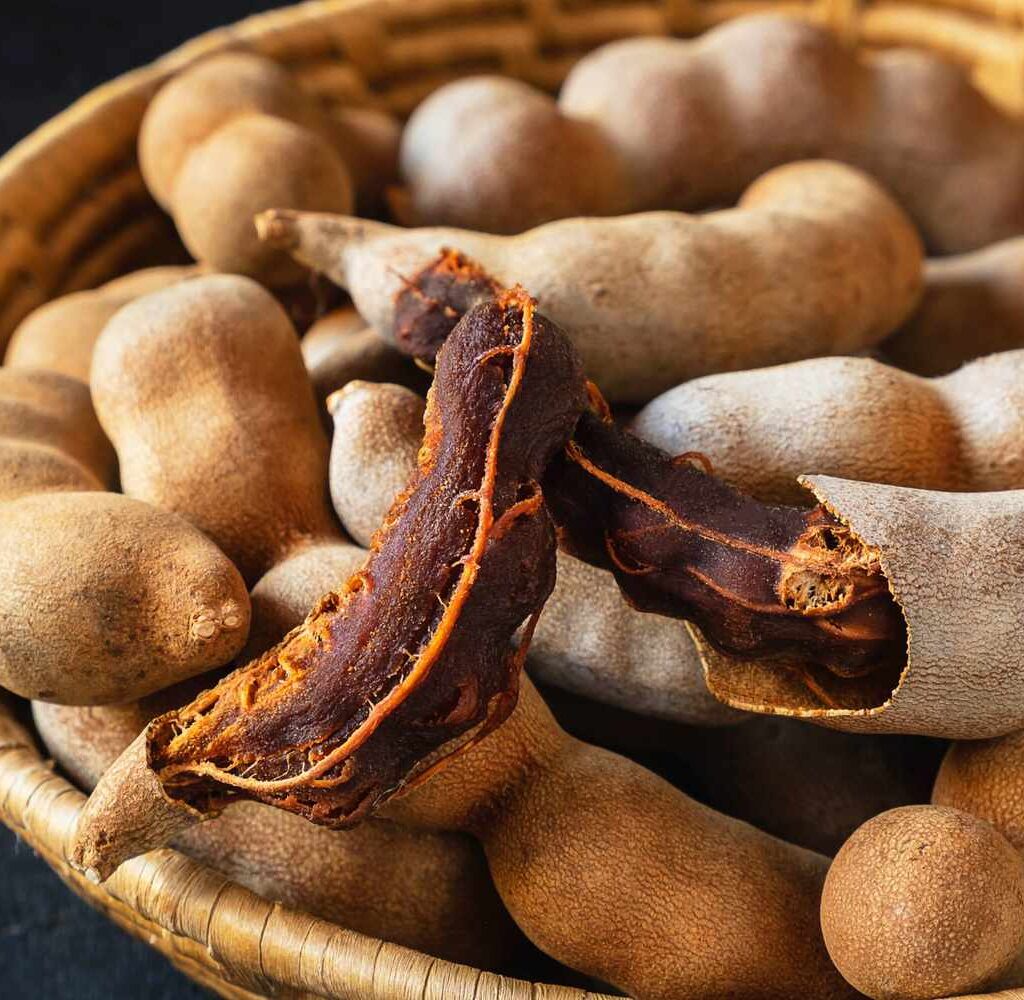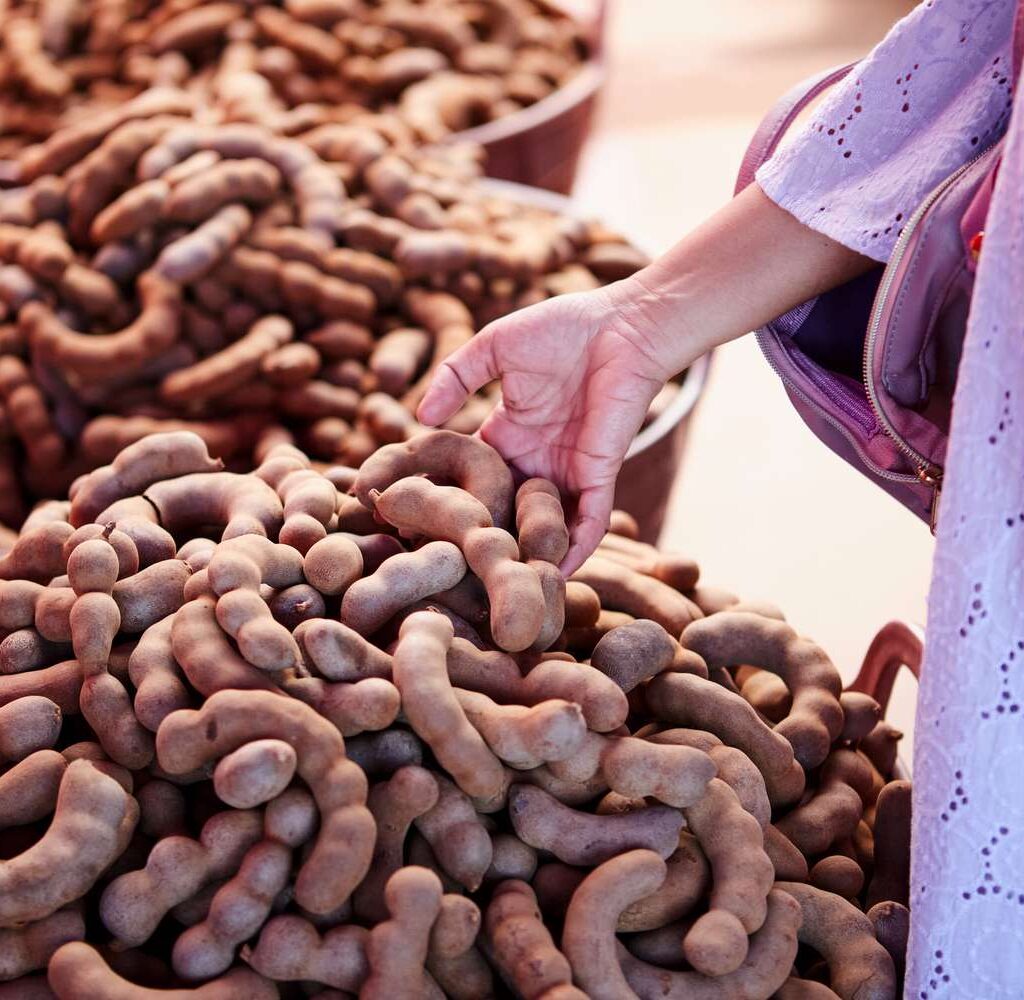Tamarind (Tamarindus indica) is one of the most unique and versatile fruits in the world. Known for its sweet-sour flavor and rich nutritional value, tamarind is used in a wide range of products—culinary dishes, sauces, candies, beverages, herbal remedies, and even industrial applications. Native to tropical Africa but widely cultivated in South Asia and Latin America, tamarind has gained international popularity as both a food ingredient and a natural medicine.
The global demand for tamarind has been steadily increasing due to its use in processed foods, traditional medicines, and health supplements. As a result, certain countries have established themselves as leading producers of tamarind, supplying both domestic and international markets. This article explores the top tamarind-producing countries, their production scale, and the role they play in global supply chains.
1. India – The Global Leader in Tamarind Production

India stands as the largest producer of tamarind in the world, contributing nearly 70–80% of global production. Tamarind trees are widely grown in states like Tamil Nadu, Karnataka, Andhra Pradesh, Kerala, and Maharashtra.
- Production Scale: India produces over 250,000–300,000 metric tons of tamarind annually.
- Uses: Tamarind is a staple in Indian cuisine, used in chutneys, curries, pickles, lentil soups, and beverages. It also holds cultural and medicinal significance in Ayurveda for digestive health.
- Exports: India exports processed tamarind, tamarind concentrate, and tamarind seeds to countries such as the USA, UAE, Saudi Arabia, UK, and Malaysia.
The country has also developed strong tamarind processing industries, which include producing tamarind paste, powder, and candies.
2. Thailand – Asia’s Export-Oriented Producer

Thailand is one of the most important players in tamarind production, particularly because of its role in export markets.
- Production Regions: Tamarind is mainly cultivated in Phetchabun Province, where the climate and soil are ideal.
- Varieties: Thailand is famous for its sweet tamarind varieties, which are eaten fresh as fruit, unlike the sour types commonly used in Indian cooking.
- Exports: The country exports significant volumes of tamarind to China, Japan, the Middle East, and Europe. Thai tamarind is considered premium quality due to its sweetness, making it highly sought after globally.
Thailand’s focus on sweet tamarind differentiates it from other top producers, giving it a unique niche in the global market.
3. Nigeria – Africa’s Tamarind Giant

Nigeria is one of the largest tamarind producers in Africa, with the crop growing abundantly in its tropical and semi-arid regions.
- Production Role: Tamarind trees thrive naturally across northern Nigeria, making the fruit easily available in local markets.
- Uses: In Nigeria, tamarind is used in traditional medicine, beverages, and as a flavoring in local cuisines.
- Export Potential: Despite being a major producer, Nigeria’s tamarind is largely consumed domestically, with limited processing and export infrastructure.
However, with growing demand from Europe and Asia, Nigeria has the potential to expand into a key export-oriented tamarind supplier.
4. Bangladesh – A Growing Tamarind Hub

Bangladesh is another major producer of tamarind in South Asia, with cultivation spread across Chattogram Hill Tracts, Sylhet, and Rajshahi regions.
- Production: Tamarind grows naturally in Bangladesh and is harvested both for local markets and export purposes.
- Culinary Uses: Tamarind is widely used in Bangladeshi cuisine for making pickles, chutneys, and souring agents in curries.
- Export Market: Bangladesh exports tamarind to countries like India, Pakistan, Middle Eastern nations, and the UK, where there is a large South Asian diaspora.
With increased investment in processing units, Bangladesh could emerge as a stronger player in the global tamarind value chain.
5. Mexico – Latin America’s Leading Tamarind Producer

Mexico is the largest producer of tamarind in the Americas, especially in states like Colima, Guerrero, Oaxaca, and Chiapas.
- Production Volume: Mexico produces thousands of tons of tamarind annually, much of it processed into products.
- Culinary Use: In Mexican cuisine, tamarind is used to make aguas frescas (refreshing drinks), candies, sauces, and desserts. Tamarind-flavored beverages and candies are especially popular.
- Exports: Mexico exports tamarind and tamarind-based products mainly to the USA and Canada, where the fruit is in high demand among Hispanic communities.
Mexico’s strength lies in its value-added tamarind industry, where much of the produce is transformed into processed food products.
6. Sri Lanka – A Traditional Tamarind Producer
Sri Lanka has long been a producer of tamarind, growing it across the dry and intermediate climatic zones.
- Local Role: Tamarind is a common household fruit used in curries, chutneys, and herbal remedies.
- Export Market: Though Sri Lanka’s production is smaller compared to India or Thailand, it exports tamarind to Middle Eastern and European countries in niche quantities.
Its role is modest in global markets, but its high-quality tamarind is appreciated for traditional culinary uses.
7. Indonesia – Southeast Asia’s Contributor
Indonesia also produces tamarind, especially in Java and Sumatra.
- Production Scale: While not as large as Thailand, Indonesia produces tamarind for both domestic consumption and export.
- Culinary Importance: Tamarind is widely used in Indonesian dishes such as soto, sambal, and beverages.
- Export Share: Indonesia exports tamarind to Malaysia, Singapore, and Middle Eastern countries.
Its contribution helps strengthen Southeast Asia’s role in the global tamarind industry.
8. Other Tamarind-Producing Nations
Apart from the leading countries, several other nations contribute to global tamarind supply:
- Sudan & Ethiopia (Africa) – Naturally growing tamarind trees provide a significant source for local use and regional trade.
- Philippines (Asia) – Tamarind is used in local cuisine, especially in the famous sour soup, sinigang.
- Brazil (South America) – Tamarind is cultivated in small quantities for local beverages and sweets.
Though these countries produce smaller amounts, they still contribute to the diversity and availability of tamarind worldwide.
Global Tamarind Trade and Market Trends
The international tamarind trade is expanding due to rising demand in food processing, beverages, and nutraceuticals.
- India and Thailand dominate exports, with Mexico playing a strong role in processed products.
- Growing diaspora populations in North America, Europe, and the Middle East are fueling demand for tamarind.
- The health and wellness industry is also driving demand, as tamarind is rich in antioxidants, vitamin C, potassium, and fiber.
Future trends suggest that value-added tamarind products like powders, concentrates, and supplements will shape global trade.
Conclusion
Tamarind is not just a tropical fruit—it is a global commodity with cultural, culinary, and economic significance. From India’s vast production to Thailand’s sweet tamarind exports, from Nigeria’s local markets to Mexico’s innovative candy industry, tamarind connects countries across continents.
The top tamarind-producing nations—India, Thailand, Nigeria, Bangladesh, Mexico, Sri Lanka, and Indonesia—collectively ensure that the world enjoys this unique fruit in diverse forms. With rising global demand, especially in food processing and wellness industries, these countries are expected to further expand their roles in the international tamarind market.
Ultimately, tamarind’s global journey highlights how a single fruit can bridge cultures, flavors, and economies across the world.




Leave A Comment